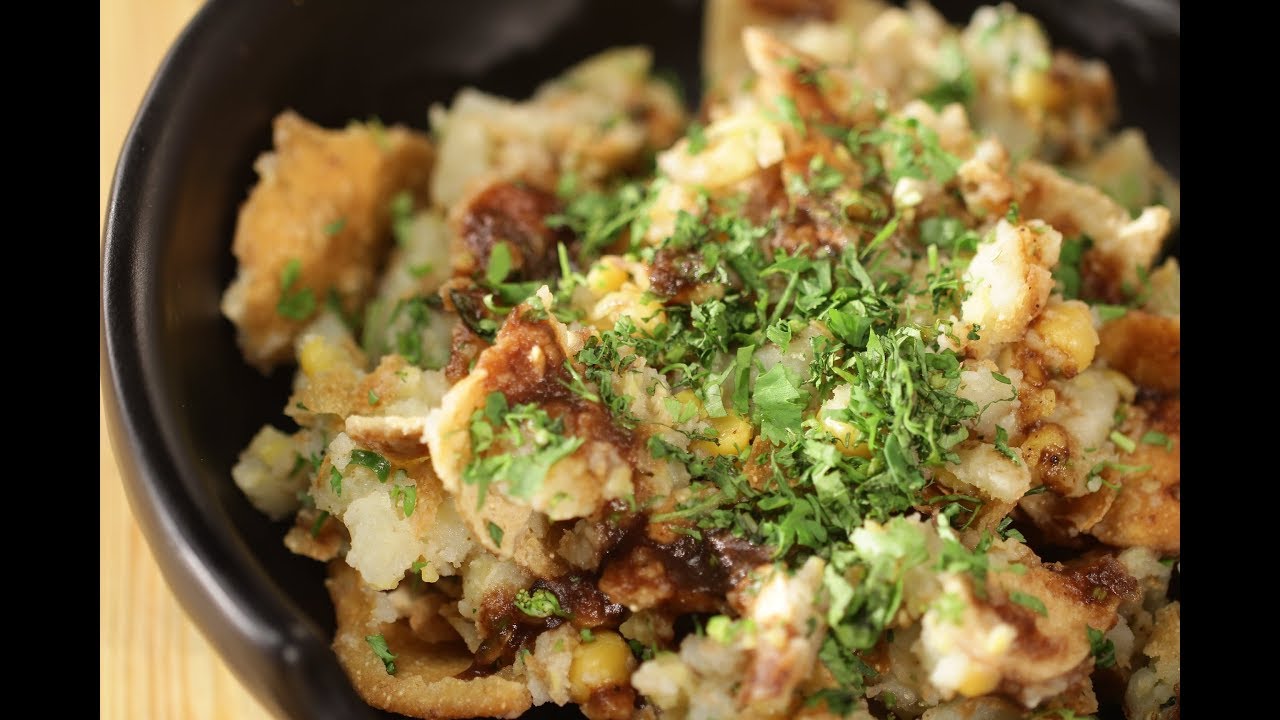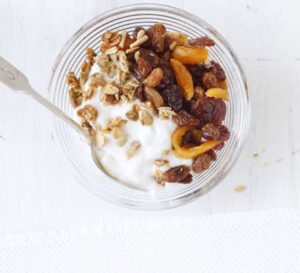Bananas are great for you. They’re packed full of energy-giving carbohydrate, contain gut-loving fiber, and heart-healthy potassium, and that’s just some of the health benefits.

The banana skins, although discarded by most, can also have many benefits. Rubbing the inner-flesh on your face makes an excellent moisturizer for skin, they can help whiten your teeth, and many more.
However, there’s one part of a banana that most people can’t really stand; the stringy bits.

They’re the long, thin bits of whatever that actually make the fruit taste quite dry. Essentially, they’re an unpleasant and most of us can attest to peeling them off and throwing them in the trash on the odd occasion. However, did you know these seemingly insignificant pieces of banana innards actually have a name and a purpose!?
These unwanted stringy bits are actually called phloem bundles. And despite the fact many of us flick them away, these strands actually contain bundles of fiber, potassium, vitamin A, and vitamin B6.

You also probably haven’t noticed the fact that phloem is a tissue found in all plants, and is responsible for the transporting of nutrients to the fruit, in order for them to develop correctly. They are essentially banana veins.
Whats more, the phloem bundles can actually help determine whether or not your banana is ripe and ready to eat. If you peel a banana and the phloem bundles stay tight to the banana then it is under-ripe. This doesn’t just mean the banana will be dry and less tasty, but it also means the banana won’t be as healthy for you, as most of the nutrients have yet to be distributed into the fruit yet.

So before you flick those strings out of your banana, think about the goodness you’re actually missing out on!



































